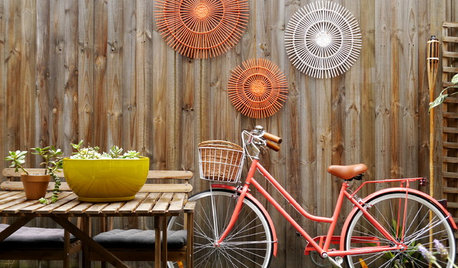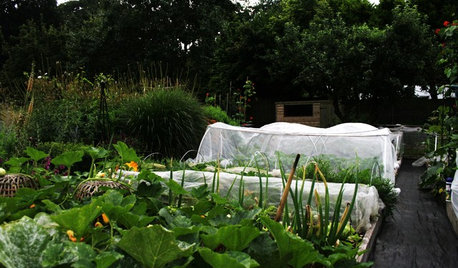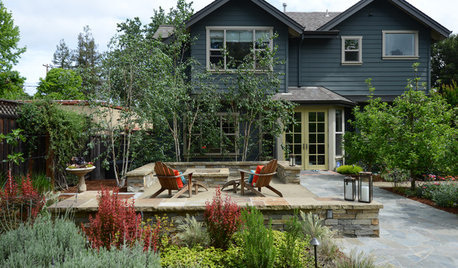Renting farmland for garden? Experiences?
riveredge
13 years ago
Related Stories

LIFEThe Good House: An Experience to Remember
A home that enriches us is more than something we own. It invites meaningful experiences and connections
Full Story
HOME INNOVATIONSConsidering Renting to Vacationers? Read This First
More people are redesigning their homes for the short-term-rental boom. Here are 3 examples — and what to consider before joining in
Full Story
DREAM SPACES7 Supermodel Homes and Why Creatives Rent Them
What makes a setting right for fashion and advertising shoots? Find out here
Full Story
HOUZZ TVHouzz TV: Goodbye, Skyrocketing Rents; Hello, Waterfront Living
Tired of the congestion and high costs of San Francisco, this young techie bought a boat on the bay. See how she makes it her home
Full Story
HOUZZ TOURSMy Houzz: Reflecting Personality in a Rented Townhouse
Limited in what she could change, a designer uses creativity and eclectic finds to enliven her and her partner's Melbourne home
Full Story
EDIBLE GARDENSFood and Community Thrive in a U.K. Allotment Garden
Get a peek at a rented garden plot in England where edibles and flowers mix and local residents can mingle
Full Story
EVENTSSpring Tour: Landscape Designs for Living
Northern California yards in a spring garden tour show that landscape design is all about the experience
Full Story
HOUZZ TOURSHouzz Tour: Taking on the Ruins of an 1800s Bourbon Distillery
Crumbling stone walls and wood from former tobacco barns creates a stunning new home amid rolling Kentucky farmland
Full Story
GARDENING GUIDESGreat Design Plant: Meadow Blazing Star (Liatris Ligulistylis)
Make fast friends with the monarch butterflies and get a color show too with this adaptable U.S. Midwest native
Full Story
LANDSCAPE DESIGNCelebrate a Sunny Climate With the Right Leafy Palm for Your Site
So you get freezes or floods. So your garden is small. These palms send excuses riding off into the tropical sunset
Full Story




nancyjane_gardener
digit
Related Discussions
Renting an acre or two of farmland??
Q
I have the option to rent a Mataway slit seeder
Q
renting farmland
Q
Market Gardener Wanted-Renting Farm or working as a foreman
Q
User
oregonwoodsmoke
riveredgeOriginal Author
pnbrown
m_lorne
scarletdaisies
sandhill_farms
fitzefatz
wayne_5 zone 6a Central Indiana
susan2010
digit
scarletdaisies